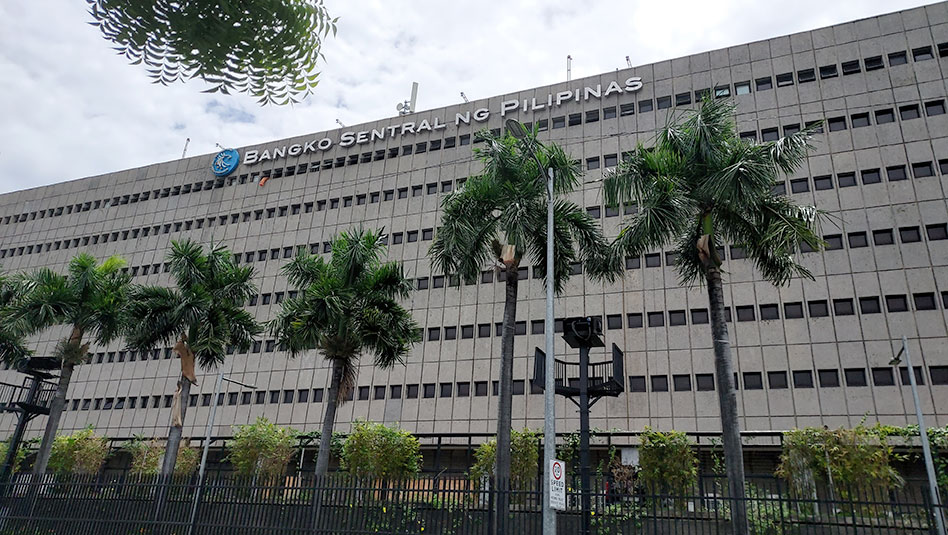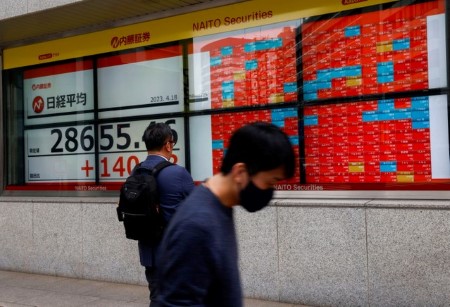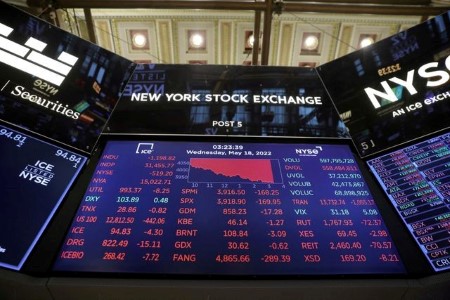Oct 23 – The big question this week hanging over global financial markets – and Asian markets in particular, given the lack of big-hitting regional economic indicators or policy decisions – is whether the US Treasuries selloff abates or not.
Third-quarter gross domestic product data from South Korea, and consumer price inflation reports from Australia, Singapore, and Tokyo are the main indicators this week, and flash purchasing managers indices from Japan and Australia will be published on Monday.
These figures may have a brief impact on their respective currencies, but are unlikely to move the dial in terms of broader market sentiment. That will come from the US bond market, and Monday’s price action could be instructive.
The ICE BofA Treasuries index fell 1.4% last week, its biggest fall since May, and is at an eight-year low. The TLT Treasuries ETF has lost a fifth of its value since mid-July.
Short-covering on Friday ahead of the weekend and Middle East event risk stopped the rot, at least momentarily. Perhaps ominously, however, Friday’s bond market relief didn’t ease the pressure elsewhere – Wall Street’s three main indices still closed 0.9%-1.5% lower.
The S&P 500 lost 2.4% last week, one of the biggest falls this year, and the VIX ‘fear index’ of US stock market volatility on Friday hit its highest since March.
That’s not a positive backdrop for Asia’s open on Monday, although braver investors might be looking for some bargains – the MSCI Asia ex-Japan index on Friday fell to its lowest in almost a year and is down 12% since the start of August.
Meanwhile, the stock and bond market selling has tightened financial conditions significantly. According to Goldman Sachs, financial conditions in emerging markets and globally are the tightest in almost a year.
It’s even worse in China – financial conditions in the world’s second-largest economy are the tightest since Goldman’s China index was launched in 2006.
Chinese central bank governor Pan Gongsheng on Saturday said that the central bank will make policy more “precise and forceful”, guide financial institutions to cut real lending rates, and reduce financing costs for firms and individuals.
His comments are significant because they are his first on policy since stronger-than-expected third-quarter economic data were released earlier this month.
In currencies, the yen and yuan open the week under heavy selling pressure and at critically important levels. Traders will again be on Bank of Japan intervention watch.
Meanwhile, Japanese and Australian PMI data for October are out on Monday. September’s reports showed that manufacturing activity in both countries shrank and services sector activity grew, although growth in Japan was the slowest this year.
Here are key developments that could provide more direction to markets on Monday:
– Japan flash manufacturing PMI (October)
– Australia flash PMI (October)
– Singapore inflation (September)
(By Jamie McGeever; Editing by Diane Craft)







 DOWNLOAD
DOWNLOAD











